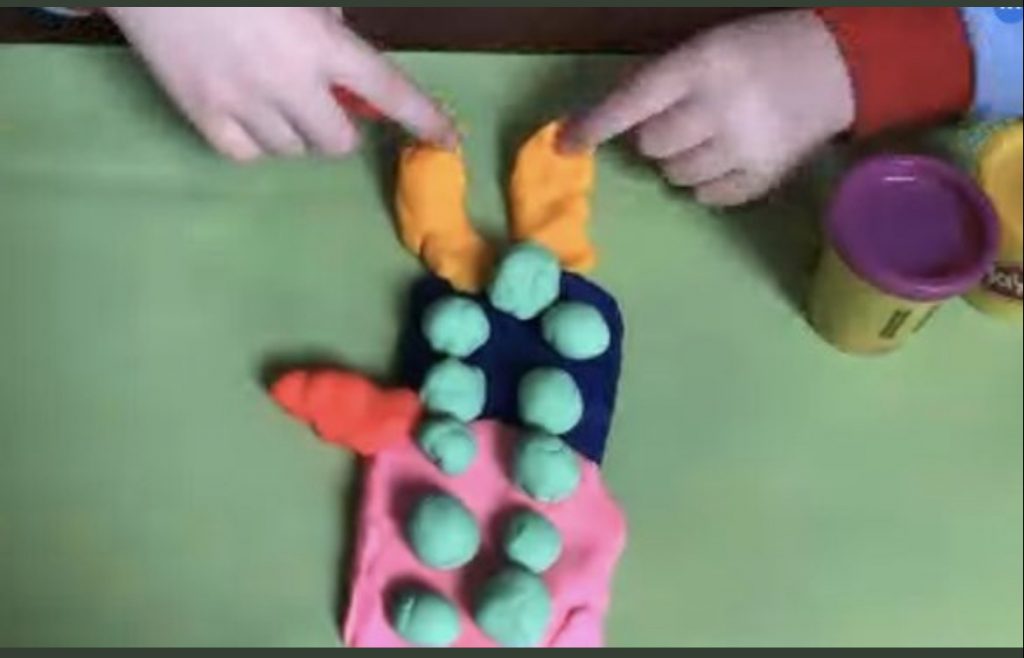“I am just going to check in on everyone and see how they’re doing” – one of my Kindergarten students said as she led her peers through a step-by-step challenge where they created a DIY ‘marble run’ out of paper tubes and tape.
My DECE partner and I were blown away by her kindness, patience and commitment to the success of her classmates during this process.
We have been trying to keep an open invite for all students in our class to have the opportunity to be the “teacher” or the expert on a topic of their choice. Through online learning, fewer natural moments of teaching happen from student to student like they would in a physical classroom. Hands on collaboration between students virtually can be tricky, as they lack the opportunity to share space and materials. We decided it would be more equitable to schedule these student-led activities ahead of time, in order to allow all students time to prepare the proper materials. As I move to in person learning in the fall, it is my goal to continue this practice as a means of supporting students belonging and contributing in respect to the Kindergarten program. It is my hope to further explore the benefits of fostering students confidence as teachers in the classroom as I continue to learn from my competent and capable young learners. Here are my initial thoughts:
The classroom community
- Inviting students as teachers creates a culture of learning, respect and curiosity
- Students teaching their peers builds community and invites students to be vulnerable and make mistakes
Through the lens of a child
- When our students stepped into the role of educators, it provided my DECE partner and I a unique opportunity: to see the world through their eyes. Through their ideas, descriptions and step-by-step processes we were able to develop a deep understanding of the way they view the world, the way they solve problems and the way they persevere through challenges.
- Many children enrolled in Kindergarten programs are immersed in their first experiences of formal schooling. For some of my students, my DECE partner and I are their very first examples of educators. The way that children go about giving instructions, gaining the attention of others and providing words of encouragement can be reflective of what they see. It can be very powerful to listen to a student recite an encouraging phrase verbatim, such as “You are a problem solver!”.
Benefits for students
- Teaching their peers provides students with the space to take risks while gaining confidence in their own ideas and abilities
- For the students involved in this practice as the learner, it allows them to explore new ideas or approach learned concepts from a different perspective than my own or that of my DECE partner.
Inviting students to perform a new role as a teacher is inclusionary, culturally responsive, relevant and meaningful – which is the basis of everything I hope to cultivate in Kindergarten.



